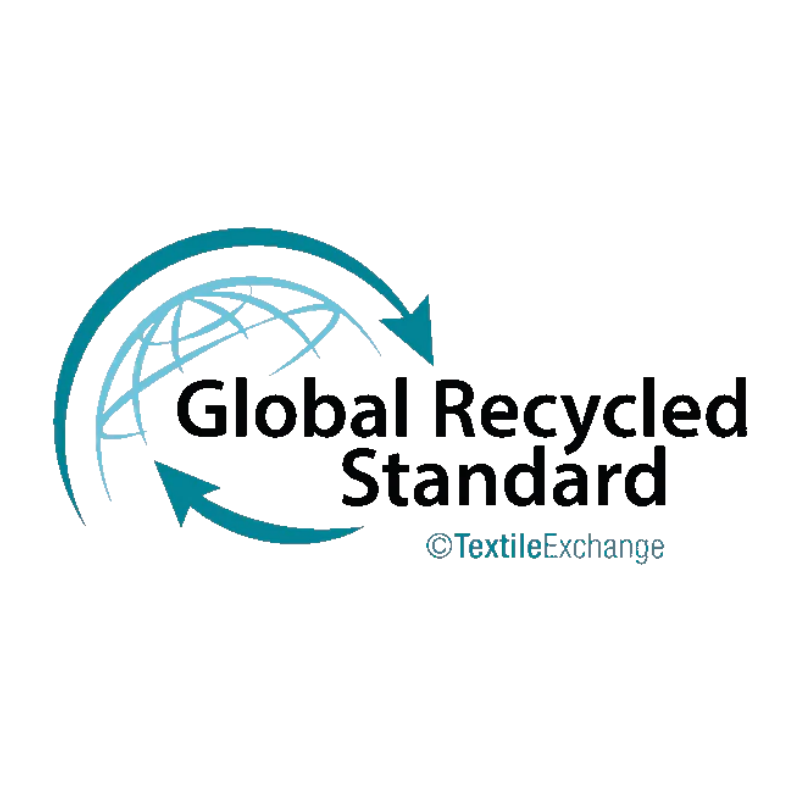How to Wash Throw Pillow Covers
Throw pillows and cushions add to the decor of a room. The colors, patterns and textures in throw pillow covers can complement wall color, curtains or other accessories. Over time, cushions become soiled and require cleaning. While cleaning freshens cushion covers, it can also weaken fabrics or cause colors to fade.
Some fabrics are machine washable. Others require hand-washing, and yet others may require dry cleaning. A few materials, such as faux leather, should be wiped with a soft cloth and not immersed in water. If you want to keep your cushion covers in good shape over time, follow recommended laundering guidelines. Here is a guide to help you wash your throw pillow covers with good results.
Check Manufacturer's Labels
Manufacturers usually include fiber content and washing instructions on the labels, using standardized, internationally recognized icons that advise consumers how to treat fabrics. Washing instructions should include:
- Whether to wash by hand, machine or dry clean
- Machine cycle, such as delicate or permanent press
- Water temperature
- Drying instructions
- Ironing instructions
- Type of detergent
Some fabrics, including most natural fibers such as cotton, wool and linen, shrink when washed. Some manufacturers pretreat fabric so that it will not shrink after washing. Synthetic fabrics usually do not shrink but cannot tolerate high temperatures.
Machine Washing Throw PIllow Covers
Most fabrics, such as polyester, nylon, microfiber, cotton, linen and silk, are machine washable. However, colors may bleed when the item is immersed in water. If you have a doubt about the colorfastness of your cushions, wash a corner or an inside seam with cold water to see how it performs. If color runs into the wash water, take precautions if you launder the item. Wash single-color items with other items of the same color. That way, any color loss will not discolor other items. If the cover has a design that could be affected by color bleed, send it to the dry cleaner.
Dyes are fixed by a mordant when an item is manufactured. Synthetics run less than natural fibers because the dye is added when the fiber is made. Overcrowding in the washing machine creates friction on the fabric, which can cause the mordant to wash out. Warm water opens fibers, which releases dye. Hard water and harsh detergents can cause fibers to break, which also releases dye.
There are ways to prevent color from running. Machine wash in cold water. Wash on gentle cycle with a mild detergent. Avoid bleach. Some detergents contain whitening agents that weaken the fabric and release dye. Washing an item inside out reduces friction on the outer surface and helps retain color.
Hand Washing Throw Pillow Covers
Even the gentle cycle on a washing machine can damage fabrics with repeated washings. Hand-washing is the gentlest way to wash. Use cold water and a mild detergent. Gently squeeze the fabric to remove soil. Change the water several times to rinse out detergent. After washing, gently squeeze to remove water, place the cushion cover on a towel and roll it up. Apply pressure to the towel to remove water. You may have to do this several times.
Drying
Most synthetics and natural fabrics can be dried in a clothes dryer on air or low heat. However, some fabrics must be air-dried. Closures on pillow covers, such as zippers and Velcro, may not tolerate heat. Before washing, close zippers. When air-drying, block cushions to restore the shape before hanging. Dry in the shade to prevent fading from the sun.
Ironing
Natural fibers such as cotton and linen may require ironing after washing. Faux velvet, corduroy and chenille should not be ironed because the nap can be damaged. Synthetic fabrics do not wrinkle much. If ironing is required, touch up corners and pleats with a cool iron on the inside.
Feel free to join in our Affiliate Programs
Recommended For You
5.0 / 5.0
17 reviews- Zuri/Natural-White
- Zuri/Gray-Blue
- Zuri/Light Green
- Zuri/Light Pink
- Zuri/Yellow
- Zuri/Sand
4.98 / 5.0
47 reviews- Solene/Purple
- Solene/Dark Gray
- Solene/Light Beige
- Solene/Dark Beige
- Solene/Sand
- Solene/Light Gray
- Solene/Sky Blue
- Solene/Baby Blue
4.91 / 5.0
11 reviews- Olivia/White
- Olivia/Khaki
- Olivia/Light Gray
- Olivia/Brownish
- Olivia/Dark Gray
- Olivia/Mint Green
- Olivia/Navy Blue
- Olivia/Blue
- Olivia/Cream
- Olivia/Dark Brown
- Olivia/Gray
- Olivia/Pink
- Olivia/Grass Green
- Olivia/Dark Green
- Olivia/Black
5.0 / 5.0
26 reviews- Sienna/Black
- Sienna/Light Gray
- Sienna/White
- Sienna/Beige Yellow
4.95 / 5.0
22 reviews- Isabel/Bluish Gray
- Isabel/Cream White
- Isabel/Grayish White
- Isabel/Dark Gray
- Isabel/Sky Blue
- Isabel/Coffee
5.0 / 5.0
4 reviews- Charlotte/Olive Green
- Charlotte/Beige
- Charlotte/Dark Khaki
- Charlotte/Brown
- Charlotte/Lime Green
- Charlotte/Blue Gray
- Charlotte/Peach Pink
- Charlotte/Brownish
- Charlotte/Light Gray
- Charlotte/Steel Gray
- Charlotte/Smokey Purple
- Charlotte/White
- Charlotte/Green
- Charlotte/Orange
- Charlotte/Dark blue
5.0 / 5.0
2 reviews- Celeste/Grayish White
- Celeste/Dark Beige
- Celeste/Dark Gray
- Celeste/Light Gray
- Celeste/Light Beige
- Celeste/Dark Brown
- Celeste/Sky Blue
- Celeste/Blue
- Celeste/Navy Blue
- Celeste/Gray
- Emma/Natural
- Emma/Chocolate Natural
- Emma/Pine Natural
- Emma/Gray
- Emma/Ochre Natural
5.0 / 5.0
5 reviews- Sophia/White
- Sophia/Light Beige
- Sophia/Wheat
- Sophia/Pink
- Sophia/Lake Blue
- Sophia/Navy blue
- Sophia/Light Gray
- Sophia/Dark Gray
- Sophia/Coffee
- Sophia/Brown
- Sophia/Grass Green
- Sophia/Orange
- Sophia/Black
- Sophia/Aquamarine
4.96 / 5.0
25 reviews- Clara/Natural
- Clara/Light Gray
4.92 / 5.0
13 reviews- Elodie/Dark Gray
- Elodie/Black
- Elodie/Light Gray
- Elodie/Pink
- Elodie/Green
- Elodie/Beige
- Elodie/Gray
- Elodie/Light Coffee
- Elodie/Brown
- Elodie/Blue
4.8 / 5.0
5 reviews- Heloise/Navy Blue
- Heloise/Grayish White
- Heloise/Light Brown
- Heloise/Sand
- Heloise/Light Gray
- Heloise/Gray
- Heloise/Rose
- Heloise/Dark Blue
- Heloise/Light Blue
- Heloise/Baby Blue
- Heloise/Light Green
- Heloise/Grass Green
- Heloise/Dark Green
- Heloise/Coffee
- Luna/Dark Gray
- Luna/Light Gray
- Luna/Black
- Luna/Natural
- Aspasia/Cream White
- Aspasia/Gray
- Aspasia/Light Gray
- Aspasia/Blue Gray
- Aspasia/Taupe
- Aspasia/Khaki
- Aspasia/Rose
- Aspasia/Matche Green
- Aspasia/Dark Blue
- Nicolette/Light Beige
- Nicolette/Light Gray
- Nicolette/Grayish White
- Nicolette/Brown
- Nicolette/Cinnamon
- Nicolette/Coffee
- Nicolette/Pinkish Purple
- Nicolette/Light Blue
- Nicolette/Lake Blue
- Nicolette/Blue
- Nicolette/Dark Blue
- Nicolette/Dark Brown
- Nicolette/Dark Gray
- Yvonne/Creamy Cloud
- Yvonne/Warm Beige
- Yvonne/Latte Brown
- Yvonne/Peach Pink
- Yvonne/Silver Grey
- Yvonne/Slate Grey
- Yvonne/Walden Blue
- Yvonne/Royal Blue
- Yvonne/Olive Green
- Yvonne/Avocado Green
- Yvonne/Alice Blue
- Ash1
- Ash2
- Salome/Green
- Salome/White
- Salome/Beige
- Salome/Light Gray
- Salome/Dark Gray
- Almond Milk
- Smoke Gray
- Smoke Gray-Brilliant White
- Baby Blue
- Blue Flog
- Layers Sheer
- Lunar Rock
- Oxford Tan
- Coconut Milk-Brilliant White
- Paloma-Steel Gray
- Wind Chime
- Wind Chime-Brilliant White




























